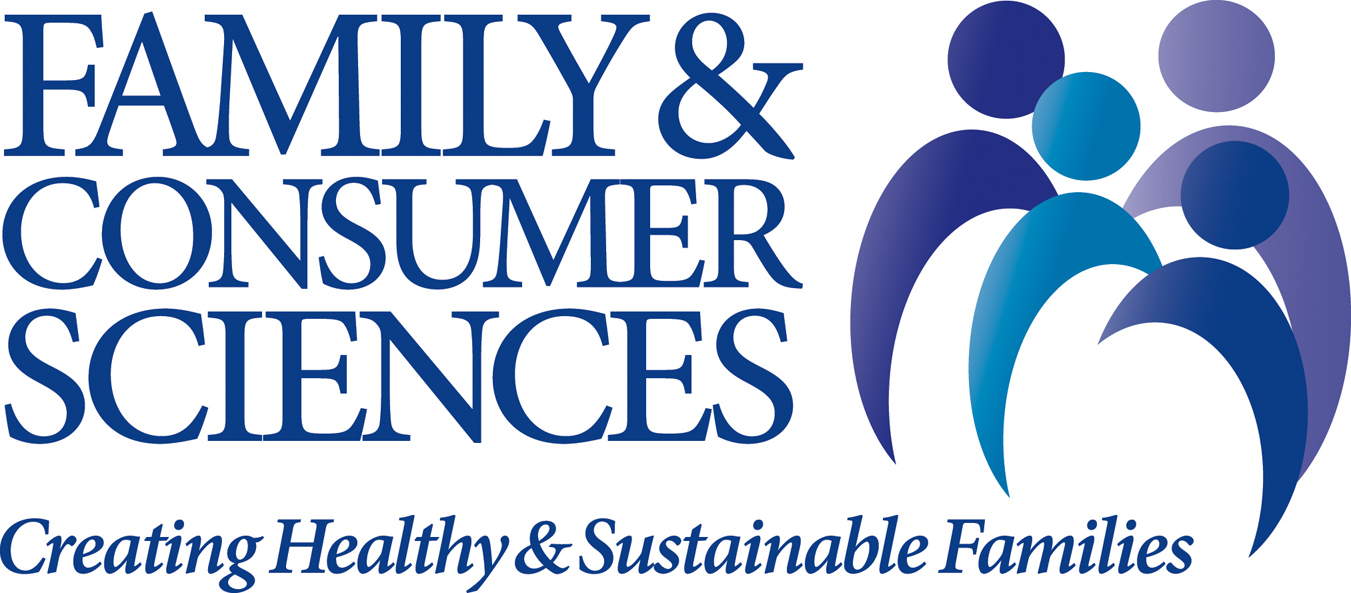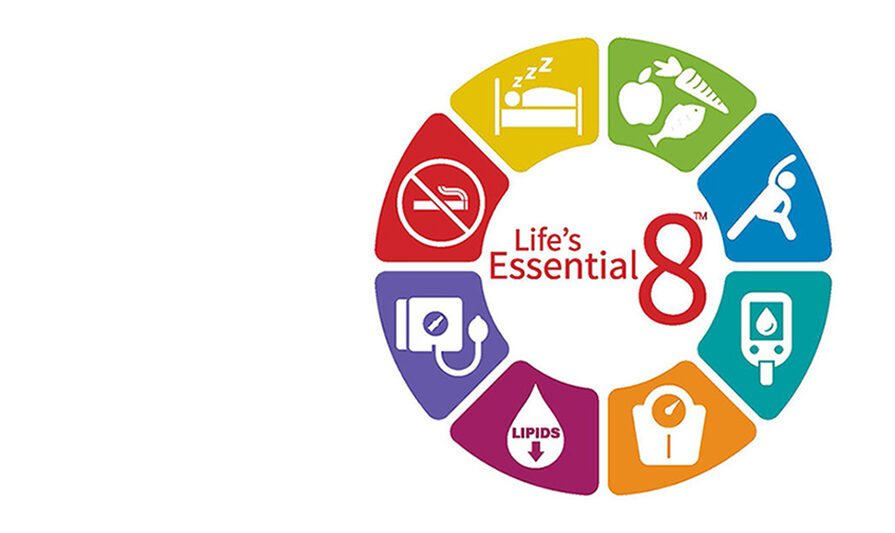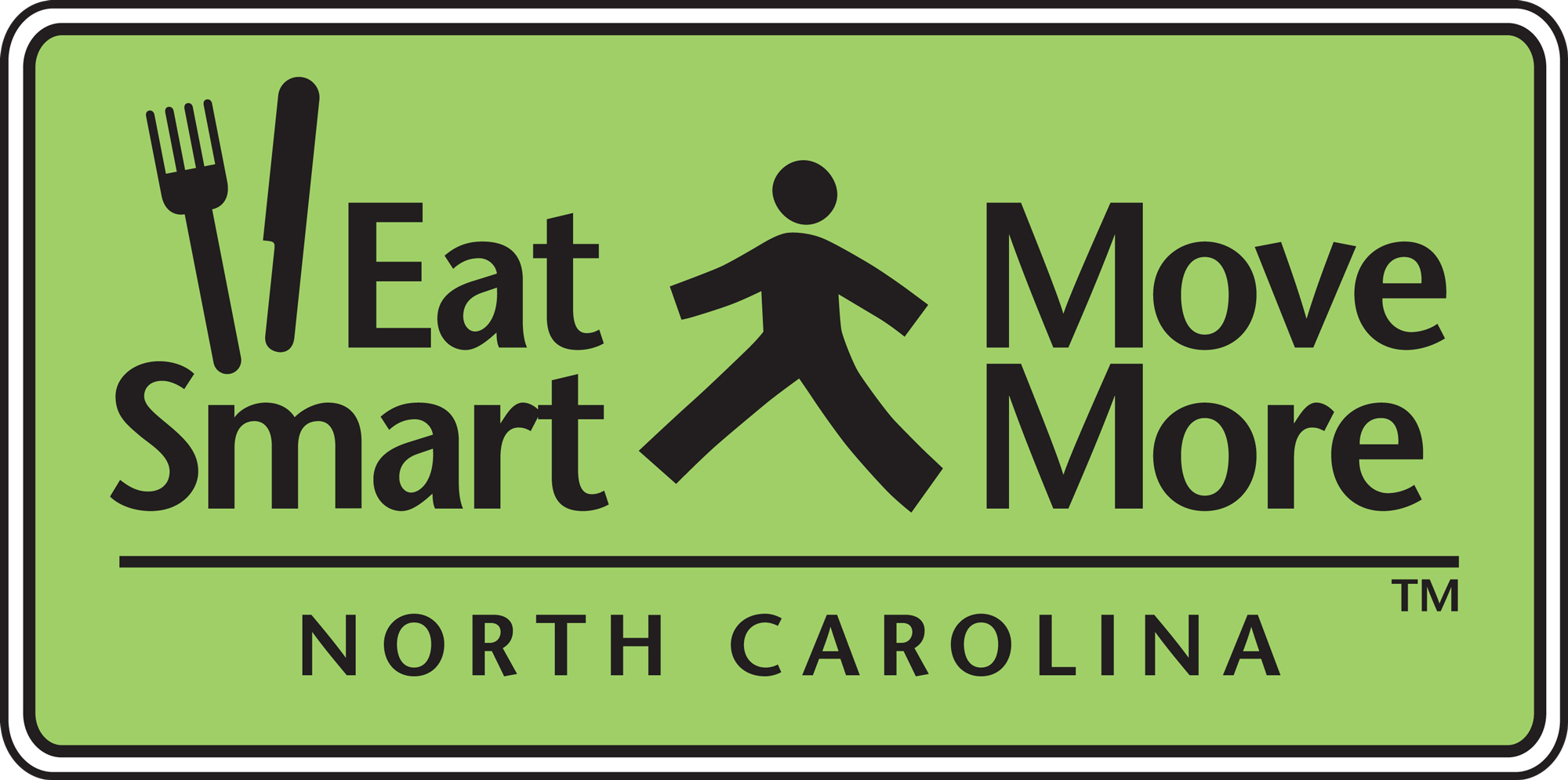Don’t Skip a Beat. It’s Heart Health Month.
go.ncsu.edu/readext?983194
en Español / em Português
El inglés es el idioma de control de esta página. En la medida en que haya algún conflicto entre la traducción al inglés y la traducción, el inglés prevalece.
Al hacer clic en el enlace de traducción se activa un servicio de traducción gratuito para convertir la página al español. Al igual que con cualquier traducción por Internet, la conversión no es sensible al contexto y puede que no traduzca el texto en su significado original. NC State Extension no garantiza la exactitud del texto traducido. Por favor, tenga en cuenta que algunas aplicaciones y/o servicios pueden no funcionar como se espera cuando se traducen.
Português
Inglês é o idioma de controle desta página. Na medida que haja algum conflito entre o texto original em Inglês e a tradução, o Inglês prevalece.
Ao clicar no link de tradução, um serviço gratuito de tradução será ativado para converter a página para o Português. Como em qualquer tradução pela internet, a conversão não é sensivel ao contexto e pode não ocorrer a tradução para o significado orginal. O serviço de Extensão da Carolina do Norte (NC State Extension) não garante a exatidão do texto traduzido. Por favor, observe que algumas funções ou serviços podem não funcionar como esperado após a tradução.
English
English is the controlling language of this page. To the extent there is any conflict between the English text and the translation, English controls.
Clicking on the translation link activates a free translation service to convert the page to Spanish. As with any Internet translation, the conversion is not context-sensitive and may not translate the text to its original meaning. NC State Extension does not guarantee the accuracy of the translated text. Please note that some applications and/or services may not function as expected when translated.
Collapse ▲
Life’s Essential 8 are the key measures for improving and maintaining cardiovascular health, as defined by the American Heart Association. There are two major areas to consider: Health Behaviors and Health Factors. Better cardiovascular health helps lower the risk of heart disease, stroke, and other major health.

- Eat Better
- Get at least 150 minutes of moderate-intensity physical activity or 75 minutes of vigorous-intensity activity (or a combination of both) each week.
- Don’t smoke, vape or use other tobacco products and avoid second-hand smoke.
- Aim for an average of 7 to 9 hours of sleep a day.
- Reach and maintain a healthy body weight (body mass index less than 25 kg/m2).
- Get your cholesterol checked and talk to your health care professional about your numbers and how they impact your overall risk.
- Keep fasting blood sugar less than 100 mg/dL or an A1C of less than 5.7%.
- Keep blood pressure below 120/80 mm Hg.
A heart-healthy eating plan considers proper energy balance. This means balancing what you eat with the energy that you burn. If you can meet four to five of the following goals and keep your calorie levels in check, you’re building an overall healthy eating plan. (Based on a 2,000-calorie-per-day diet.). Eating like those who live in the Mediterranean region has been shown to promote health and decrease the risk of many chronic diseases. The Mediterranean-style eating pattern incorporates the basics of healthy eating that are traditionally practiced in countries that border the Mediterranean Sea. Eating the Mediterranean way is not only healthy but also delicious and satisfying. Foods that you once thought of as too high in fat or unhealthy, including nuts, olive oil, olives, and whole grains, become an everyday part of your diet.

The Med Way Recipes | Inspiration | Techniques Learn More Here

The science is that it can help manage blood pressure. It can reduce the risk of cardiovascular disease (CVD) as much as 30–60%.
• Eat 3 cups of vegetables and 2 cups of fruits per day. Eat a variety of colors and types.
• Eat 5½ ounces per day of protein foods such as skinless poultry, seafood, lean meats, and eggs.
• Eat 6 oz. of grains per day (at least half of the servings from whole grains).
• Have 3 cups of fat-free or low-fat dairy products per day if you include dairy in your diet. Or choose milk substitutes such as soy, almond and rice milk that have calcium and Vitamins A and D added.
• Include limited amounts (3 oz. per week) of (unsalted) nuts, legumes, and seeds.
Also keep sodium to no more than 2,300 milligrams (mgs) per day and an ideal limit of no more than 1,500 mg per day for most adults. And limit your intake of red and processed meats, saturated fats and sugar sweetened foods and beverages.
Celebrate Valentine’s Day with Heart Healthy Recipes
Something Red and Pink Beet and Carrot Slaw Wraps
Start breakfast/lunch with Avocado Toast
Then try for Dinner the Med Salad
For something sweet make Med Meringues




